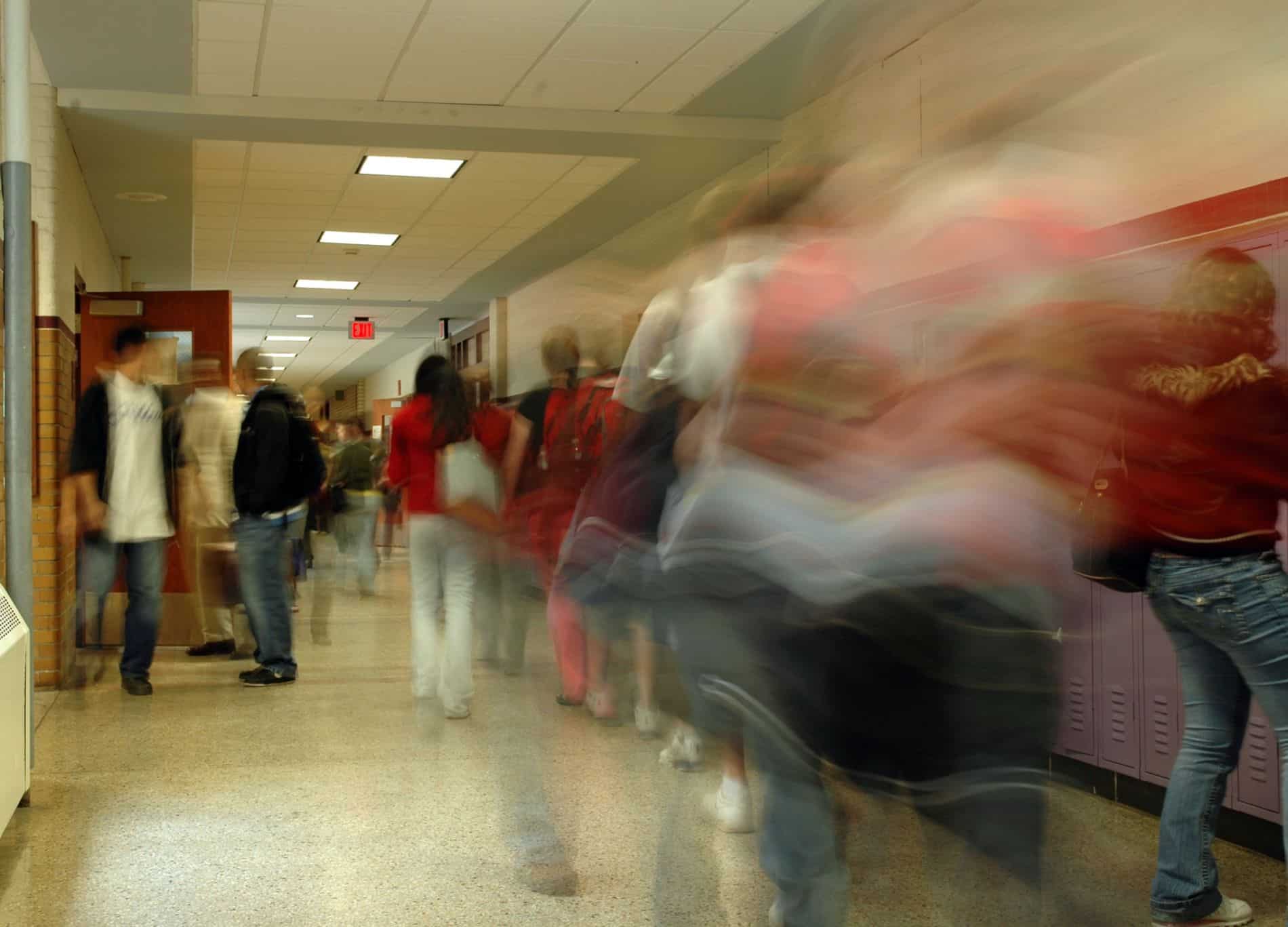Introduction
Education experts on Thursday unveiled a trove of research suggesting that schools should stop doling out harsh discipline that pushes kids away from school often for minor infractions.
The new research — the product of years of work — follows the unveiling earlier this year of two Obama administration initiatives that also address concerns about zero-tolerance school punishment and the future of young black and Latino males, in particular.
Removing millions of kids from school on suspension leaves them further behind academically, warn researchers. They recommend that educators consider alternative intervention ideas that schools around the country have embraced with success.
“We are never going to close the (ethnic) achievement gap until we close this discipline gap,” said Dan Losen, one of the researchers, who is based at the University of California at Los Angeles. He spoke at a Congressional briefing Thursday sponsored by the Black Caucus Education and Labor Task Force.
Losen is the director of UCLA’s Center for Civil Rights Remedies and part of a 26-person research team and advocacy team called the Discipline Disparities Research Collaborative.
Sen. Chris Murphy, D-Conn., spoke at the briefing to show support for the team’s reform effort.
“I came to this issue through a story,” he said.
Murphy said his wife, who practices public-interest law, told him about an 8-year-old boy with a long history of neglect and problems. He was expelled from his school because he took one of his few possessions, a Pokemon thumb tack, to school, Murphy said, and ended up poking another student with it. The boy was ultimately returned to school with lawyers’ help.
The research team is especially concerned about disproportionate rates of suspensions of black, Latino and disabled students. Research is also starting to show evidence that gay students, too, are affected by suspensions at relatively high rates.
In January, the U.S. Departments of Justice and Education unveiled their own joint effort to promote alternative discipline ideas to schools to cut suspensions. And in February, Obama announced a privately-funded initiative, My Brother’s Keeper, whose aim is to support community-based programs that have shown success at keeping black and Latino boys engaged in education and out of the criminal-justice system.
Most suspensions are for small infractions, such as chewing gum, wearing a uniform incorrectly or showing disrepect, according to the researchers. Children often miss days of school when suspended.
Data have also shown that black kids — and Latino kids once they’re in middle and high school — are removed from school at higher rates than white classmates, researchers said, even when students come from similar economic backgrounds.
The Center for Public Integrity reported last year on mostly Latino and black students expelled from regular schools and told to enroll in alternative schools that are so far away the children either were forced to do home study or drop out. In Los Angeles, until recent reforms changed practices, schools were calling police at times to repond to discipline matters. Black and Latino kids in middle schools were getting citations for disorderly conduct by the hundreds, as the Center also reported.
According to one paper unveiled Thursday, there is no evidence that “students of color” engage in disruptive behavior “sufficiently different from others” to justify higher rates of punishment. Survey data from 8th and 10th grade black, white, and Hispanic students indicate that black males reported similar or lower use of drugs, alcohol, and weapons at school compared to other students, yet they also reported receiving more suspensions than any other group.”
Nationally, one of the group’s research papers says, 25 percent of black students with disabilities were suspended from school at least once in the 2009 school year. That’s a higher rate than for any other ethnic group — and 16 percentage points higher than white students with a disability.
During a press briefing Thursday, Ramiro Rubalcaba, the principal of Azusa High School in southern California, described how he struggled with doubts about alternative discipline methods when he worked in the Los Angeles Unified School District.
“I was one of those skeptics,” he said.
He was assistant principal at Garfield High School, in a high-poverty area with a tough reputation, and he was suspending 600 students a year. Then the district began training in alternative ideas, he said, “and I had an ‘aha’ moment.” During the 2011-2012 school year, he said, Garfield suspended a single student once.
Azusa High, he said, is down to three suspensions this year compared to 70 last year.
He said there are a variety of tested alternative approaches to booting out kids, and if school leaders decide on one particular type they should give it go without deviating.
“It can work,” he said, “If it’s implemented with fidelity.”
Read more in Education
Juvenile Justice
Holder, Duncan stunned by discipline figures
Survey reveals that thousands of preschoolers were suspended in 2011-12
Juvenile Justice
California report: Don’t spend new education money on campus police
Big money from tax increases is supposed to help poor, English learners and foster kids


Join the conversation
Show Comments